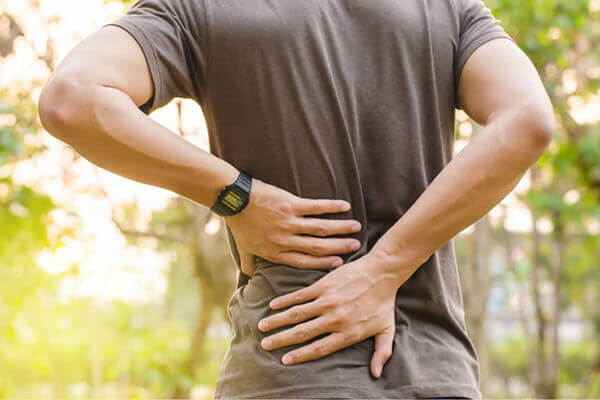Back & Spine




Back and Spine Physical Therapy in Southern Maine
Back pain can affect every part of your life—whether it’s from sports, poor posture, a workplace injury, or just the wear and tear of daily living. At Reform Physical Therapy, we help patients address back and spine conditions through customized, one-on-one care that’s rooted in both expertise and compassion.
Why Is the Back So Prone to Injury?
The back is a complex structure made up of bones, muscles, ligaments, nerves, and soft tissues. Because of this, it’s vulnerable to a wide range of injuries—some mild, others more severe. From muscle strain to herniated discs, spine-related issues often interfere with mobility, strength, and even your ability to rest or breathe comfortably.
Fortunately, physical therapy can help reduce pain, improve function, and prevent future injury.
Common Conditions We Treat
You may benefit from physical therapy if you’re experiencing:
- Acute or chronic lower back or neck pain
- Muscle-tension headaches
- Pain that extends into the arms or legs
- Arthritis-related back discomfort
- Lumbar spinal stenosis
- Work-related back injuries
- Post-operative recovery after back surgery
In addition, we specialize in treating both sports-related and lifestyle-driven causes of back pain.
How Physical Therapy Can Help
Treatment plans at Reform PT are always personalized. Depending on your diagnosis, goals, and lifestyle, your plan may include:
- Stabilization-based exercises
- Gait and walking pattern training
- Posture correction and awareness techniques
- Core strength building
- Dynamic stretching and mobility work
Additionally, we prioritize patient education so you can better understand your injury and avoid reinjury in the future.
You might benefit from physical therapy if you have:
- Acute and chronic lower back and neck pain
- Muscle-tension headaches
- Pain extending into the arms or legs
- General arthritic back complaints
- Lumbar spinal stenosis
- Work-related back pain
- Recently had back surgery
Physical therapy for back injuries varies widely, but may include:
- Stabilization-based exercises
- Gait training
- Posture training
- Core strengthening
Start Moving Better Today
If you’re living with back or spine pain, don’t wait. Contact us today to schedule your evaluation and find out how Reform Physical Therapy can help you move better, feel stronger, and get back to doing what you love.
